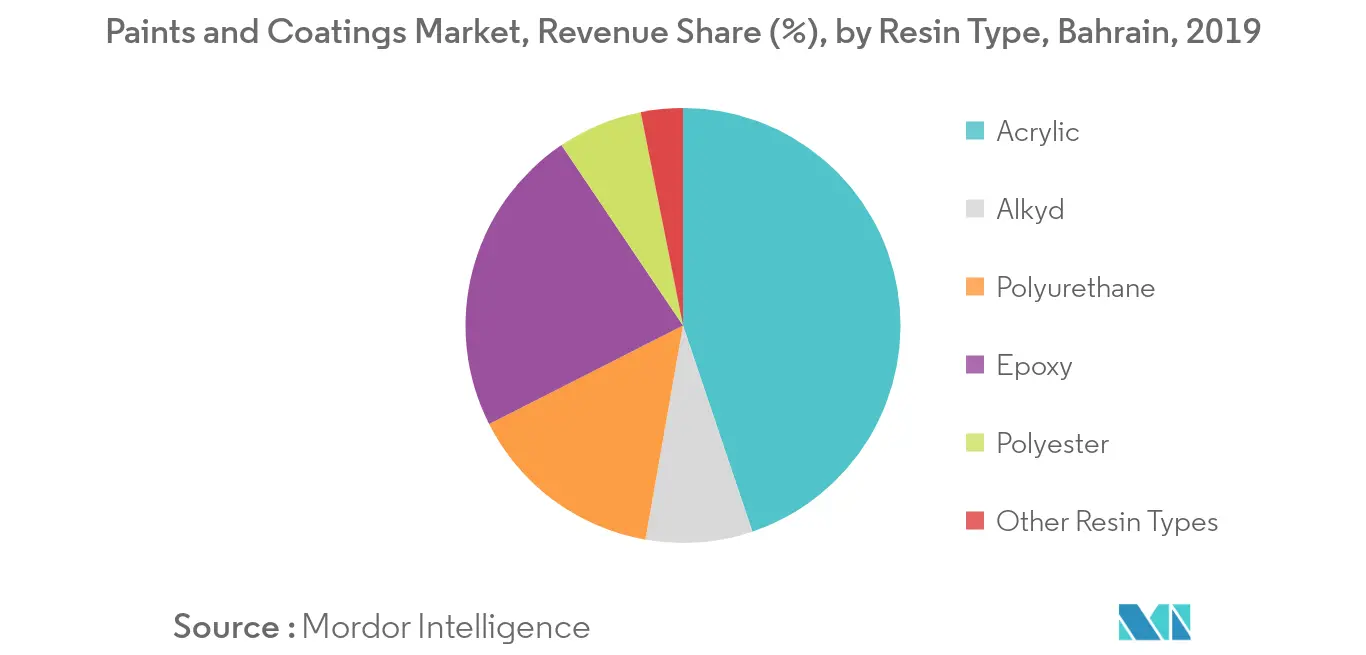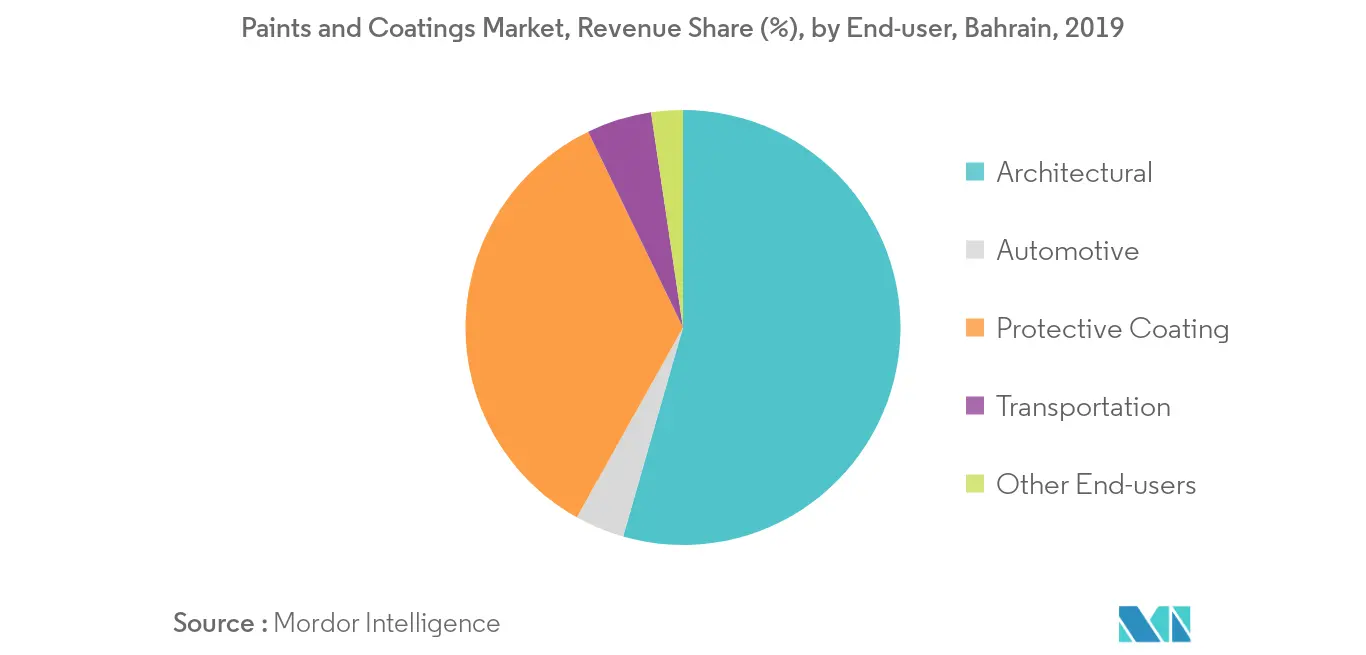Market Trends of Bahrain Paints and Coatings Industry
This section covers the major market trends shaping the Bahrain Paints & Coatings Market according to our research experts:
Acrylic Resin Dominating the Market
- Acrylic resins are the most widely used polymers in the paint and coatings industry. Most of the acrylic paints are water-based or solvent-based and are available as emulsions (latices), lacquers (lower volume solids), enamels (higher volume solids), and powders (100% solids).
- The common acrylic polymers come in a wide variety of types and combinations, such as methyl and butyl methacrylate. In the case of inexpensive paints, polyvinyl acetate is used primarily.
- The two principal forms of acrylic used are thermoplastic and thermoset. Thermoplastics acrylic resins are synthetic resins achieved by polymerization of different acrylic monomers. Thermosets are cured at elevated temperatures by reacting them with other polymers. Thermoplastic acrylic resins are of two types, namely solution acrylics and acrylic latex coatings.
- Furthermore, the acrylic resins develop properties, such as transparency, high colorability, and UV resistance in coating solutions. They are used in waterborne systems very often, which result in low VOC emission. The application of acrylic coatings leads to high surface hardness. In certain applications, such as walls, decks, and roofing, the acrylic coatings provide elastomeric finishes to improve the UV resistance of the surface, if employed with some fluids.
- The application of acrylic coatings is primarily found in the construction industry for high-end finishing in roofs, decks, bridges, floors, and other applications. The water-based acrylic coatings are high in demand, owing to the environmental concerns, as the negative impact of VOCs affecting the air quality in the environment.
- The primary binder type in the Bahrain paints and coatings market is acrylic, with a total share of more than 70% of all the waterborne coatings. Acrylic is widely used in architectural coatings.
- Such positive factors are likely to increase demand over the forecast period.

Protective Coatings Demand to Expand at a Fastest Rate
- The oil and gas industry use protective coatings for both upstream and downstream segments, for the transportation of oil and gas toward refineries.
- The industry has been trying to find ways to cut capital charges. This, along with the need to adhere to strict environmental regulations, has led to the demand for a coating system (with a long life), which may be effective in the protection of the assets.
- The oil and gas industry use various types of protective coatings, such as anti-corrosion, heat-resistant, abrasion-resistance, fire-resistance, and others.
- The offshore oil and gas production have some of the most demanding conditions. Therefore, the coating systems used must be equipped likewise.
- Apart from oil and gas, infrastructure has been the major backbone for the country’s growth.
- Roads, bridges, public parks, etc., are all subjected to continuously extreme conditions. Paints and coatings in infrastructure can be used as varnishes and inorganic binders that provide protection against harsh environmental conditions. The key drivers of this growth are a USD 32 billion infrastructure investment, a pipeline comprised of USD 10 billion in government funding, USD 7.5 billion from the GCC Development Fund, and USD 15 billion from the private sector.
- With the substantial growth, especially in the oil and gas and infrastructural projects, the protective coatings market is expected to witness rapid growth during the forecast period.


